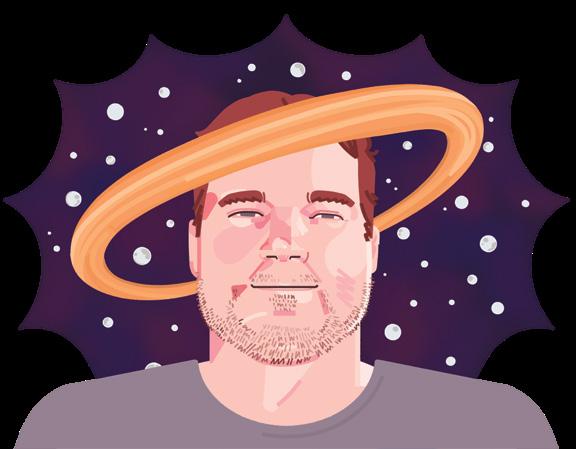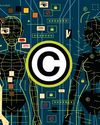Prøve GULL - Gratis
The Many Moons of Saturn
Scientific American
|September 2025
Edward Ashton helped to discover two thirds of the planet's known moons

A MERE DECADE AGO astronomers knew of just 62 moons around Saturn. Today the ringed planet boasts a staggering 274 official satellites. That's more than any other world in the solar system—and far too many for most people to keep track of. Astronomer Edward Ashton is no exception, even though he has helped discover 192 of them—he thinks that's the total, anyway, after pausing to do some mental math.
Ashton is now a postdoctoral fellow at the Academia Sinica Institute of Astronomy and Astrophysics in Taiwan. He fell into the hunt for Saturn's moons in 2018, when his then academic adviser suggested the project for his Ph.D. at the University of British Columbia. It has been a fruitful search. Most recently, in March, Ashton and his colleagues announced a batch of 128 newfound Saturnian satellites.
SCIENTIFIC AMERICAN spoke with Ashton about the science of discovering so many relatively tiny moons—most of them just a few kilometers wide—using vast amounts of data gathered by the Canada-France-Hawaii Telescope (CFHT), located in Hawaii.
An edited transcript of the interview follows.
How have you found these moons?
To detect the moons, we use a technique known as shifting and stacking. We take 44 sequential images of the same patch of sky over a three-hour period because in that time frame, the moons move relative to the stars at a rate similar to Saturn's. If we just stack the images normally, then the moon appears as a streak across the images, and that dilutes the signal of the moon.
Denne historien er fra September 2025-utgaven av Scientific American.
Abonner på Magzter GOLD for å få tilgang til tusenvis av kuraterte premiumhistorier og over 9000 magasiner og aviser.
Allerede abonnent? Logg på
FLERE HISTORIER FRA Scientific American
Scientific American
Will We Run Out of Rare Earth Elements?
These valuable but difficult-to-extract metals are increasingly important to modern life
1 mins
December 2025

Scientific American
Copyright Laws Can Stop Deepfakes
The U.S. should give its residents rights to their own face and voice
4 mins
December 2025

Scientific American
50, 100 & 150 Years
“The list of first-aid procedures that the medical profession encourages laypeople to undertake is short because of concern that tactics applied in ignorance may do more harm than good.
3 mins
December 2025

Scientific American
Dramatic Atmosphere
Exoplanet TOI-561 b has air where none should persist
2 mins
December 2025

Scientific American
The Mother of Depressions
Postpartum depression is a leading cause of death among new mothers. A new type of drug offers better, faster treatment
16 mins
December 2025

Scientific American
Going Rogue
A massive study may improve the prediction of dangerous rogue waves
3 mins
December 2025

Scientific American
Phages Caught Sleeping
Bacteria use hibernating viruses to immunize themselves
2 mins
December 2025
Scientific American
THE COVERT HERBARIUM OF CRYPTOGAMIC BOTANY
A century ago a father and a son labored to replicate the intricate structure of nearly eight hundred species of plants in four thousand delicate models.
1 min
December 2025

Scientific American
Are AI Chatbots Healthy for Teens?
Kids crave approval from their peers. Chatbots offer an alternative to real-life relationships, but they can come at a price
5 mins
December 2025

Scientific American
The Myth of the Designer Baby
Parents beware of any genomics firm saying it can help them with “genetic optimization” of their embryos
5 mins
December 2025
Listen
Translate
Change font size

